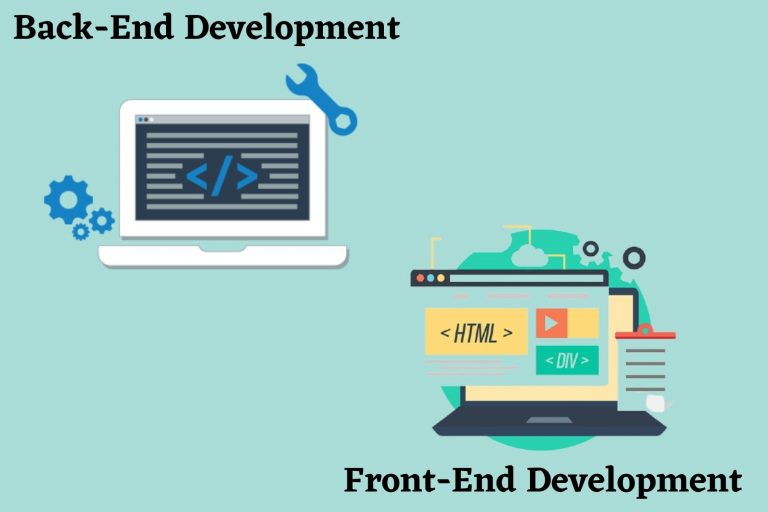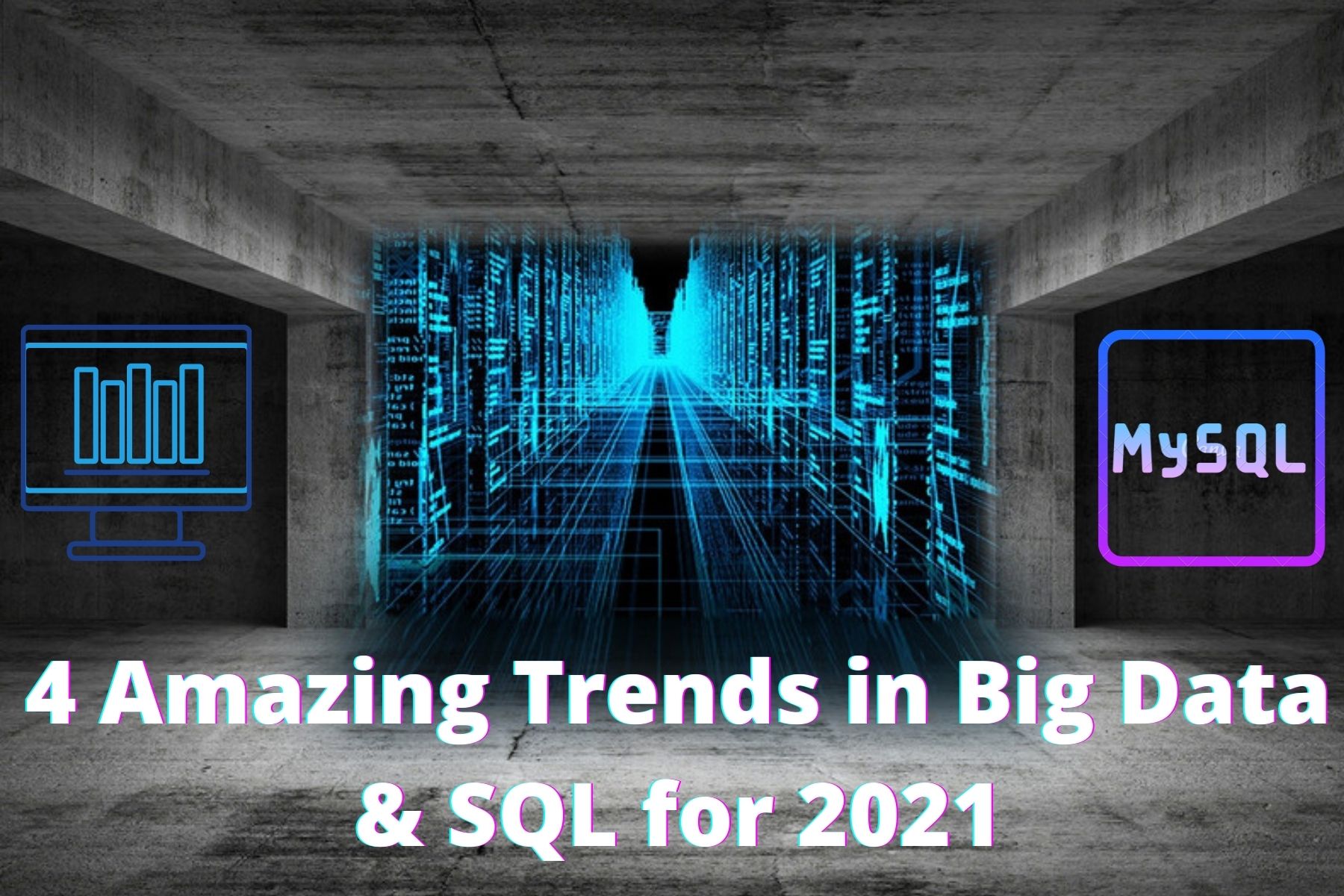For anyone who is new to web development, terms like back-end & front-end development will be challenging to comprehend. Add to that all the programming languages, frameworks, libraries & APIs used by front-end developers to build apps & a person can easily get lost in the jargons.
But these terms are pretty easy to understand once you know what they actually do. Read on to know about the fundamentals of Front End & Back End Development.
What is Front End &Back End Development?
For people who are unaware of web development, both the front end & back end might look like two different things. But, in reality, they are not! Why?
Because both of these terms are closely connected to each other (in web development projects) & are essential to one another. Let’s define these terms in a simple manner:
Front End Development: This generally includes all the things that a user sees. It is also known as Client-side Programming.
Back End Development – As the name implies, everything that drives the front end (which the users see) is called back end development. The back end primarily includes all the databases & servers. It is also known as Server-side Programming.
Front End Vs Back End – The Difference
Front End & Back End both play a significant role in web development. You can call them two sides of the same coin because they are dependent on each other.
The front-end comprises the visual side of your website (all the user sees & experiences). But these visual aspects are powered by the back-end side. Without the back end, the front end wouldn’t be possible, and without the front-end back end wouldn’t mean much in web development.
The Fundamentals of Front End Web Development
In the good old days, websites were pretty simple. All you need to do for these static websites was a bit of formatting & add a pinch of animation. This was made possible due to HTML & CSS.
But over the past 10-15 years, front-end development changed drastically with the emergence of JavaScript. Here are some fundamental technologies that are leveraged in Front-end development:
1. HTML – It Organizes almost everything
It is because of HTML that every site on the web seems organized. The front-end certainly cannot live HTML. HTML5 is the latest iteration of HTML, which every front-end developer should know about.
2. JavaScript – A Multitasker
While Javascript was leveraged as a special tool to make interactive web pages a few years back, the same technology has become ubiquitous now. JavaScript is now regarded as an entire ecosystem that is spread across server-side development, frameworks, task runners & more.
3. CSS – Helps you to Style your Website
Developers leverage Cascading Style Sheets (CSS) to seamlessly add effects & styling to a particular website. These styles can be easily applied globally. After that, developers can customize each page according to their business needs.
4. UI & UX Design – Enhance the Front-End
Front-end development would be incomplete without UI/UX design aspects. If a front-end designer knows what to do with the front-end code, then they will be able to design interactive & intuitive UI/UX.
The Fundamentals of Back End Web Development
To simplify Back End, we’ll break it down five components, namely:
1. Frameworks & Languages – Libraries & Scripting Languages
When it comes to back end development, a myriad of frameworks & programming languages come into play.
Frameworks: Back-end developers leverage this pre-written code with a pre-imposed structure as per requirements.
Programming Languages: Scripting languages such as Python, Java, Perl, Ruby, Erlang, PHP & Node.Js are used to write various instructions which are then executed.
2. Web Servers – Storing, Processing & Delivering Web Pages
Web servers are essentially computer programs that store, process & deliver web pages to website visitors or users. Some of the most popular web servers include NGINX & Apache.
3. Database Management Systems (DBMS)
DBMS or Database Management is a collection of programs that enable a user to seamlessly access the database, interpret, manipulate & represent data. Some of the most popular databases leveraged by back end developers include MySQL, NoSQL & MongoDB.
4. Localized Development Environment
A localized test environment is a critical component that most back-end developers stress upon. With the help of a local site, you can easily tinker with various codes & experiments to make your website more intuitive before making it live.
5. Collaborative Services
As you already know, Front-end & Back-end web development goes hand-in-hand. Therefore, both sides of developers must stay connected to each other for better collaboration. They normally leverage platforms such as Jira, Slack, Trello to connect with each other seamlessly.
These are the fundamentals of Front end& Back end web development. ARSR holds a considerable amount of experience in Front End & Back End Technologies & offers curated services for small & large-scale enterprises as per their business needs.






